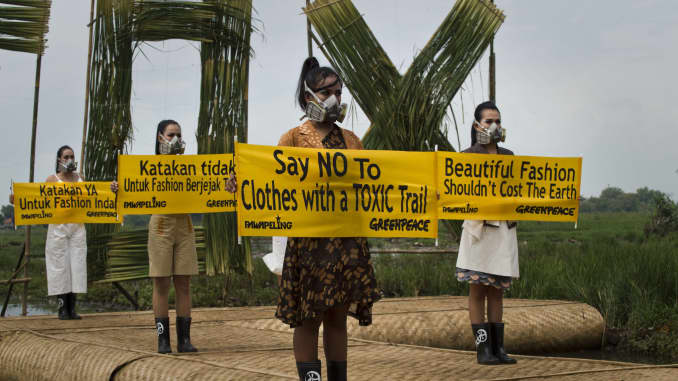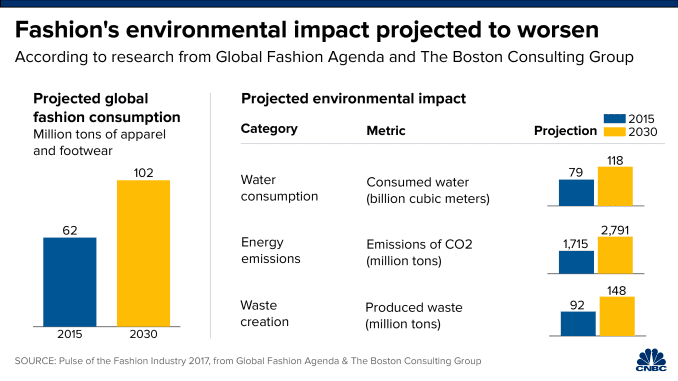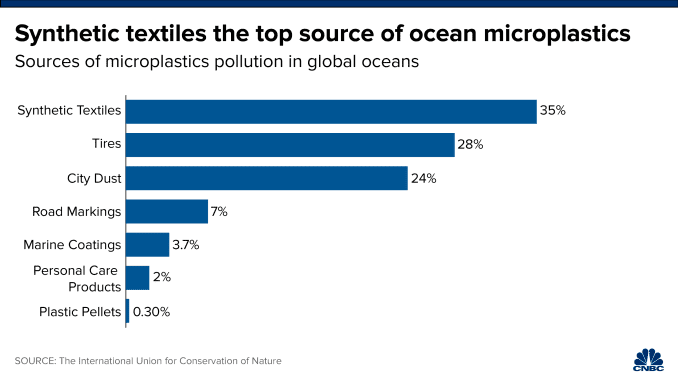The Secret Behind Rolls Royce’s E-Plane
By Irina Slav - Jan 30, 2020,

When Rolls Royce in December unveiled its new electric plane, it said it would be the fastest electric aircraft, capable of achieving a top speed of 300 mph. It also said the plane will be able to fly from London to Paris on a single charge.
The battery pack of ACCEL, as the aircraft is called, standing for Accelerating the Electrification of Aircraft, is the most energy dense pack ever made for a plane, its developers say. It is also among the lightest--lighter than many EV battery packs.
The ACCEL aircraft has three battery packs that power its three electric motors. Each pack weighs 450 kg and has a capacity of 72 kWh. To compare, the battery pack of a Tesla Model X has a capacity of 75 kWh and weighs over 500 kg. Smaller EVs do have much lighter battery packs, but they do have much lower range. The challenge with the ACCEL seems to be striking a rather fine balance between weight and capacity.
And according to the tram behind the project, they succeeded.
In an article devoted to ACCEL, IEEE Spectrum’s Prachi Patel writes that among the challenges the team was facing in the area of batteries, what form of battery cell to choose and how to arrange them for maximum density and minimum weight were the toughest.
According to the project manager, Matheu Parr, the best battery cell shape for the aircraft battery pack turned out to be the cylinder. These, Parr told Patel, could hold a lot of energy and could release it quickly at high power. The secret to the weight was the packaging materials: using as little as possible of those and only the lightest-weight.
Inspiration came from Formula E – the all-electric cousin of Formula 1 that now also has an aircraft version. Formula E cars and planes need to be as light as possible in order to be faster, and this lightness comes from the battery packaging. According to Parr, Formula E planes have a packaging-to-battery cell weight ratio that is half as much as the packaging-to-battery cell weight ratio of electric cars.
So, can the Rolls Royce racing plane take on a commercial jet? Not yet. The specific energy of the ACCEL aircraft batteries is just 165 Wh/kg, a standard measure used for the energy density of batteries, and it needs to rise to 500 Wh/kg for the plane to compete with jet propulsion-powered aircraft. But it is certainly an important step in the electrification of planes even if for the time being only small planes can be electrified.
The thing is that batteries are heavy. Even with lightweight packaging and the most efficient arrangement of battery cells inside the pack, they are heavier than jet fuel. They are also less efficient for the time being, as CNBC’s Andrew Evers and Katie Schoolov wrote in a December 2019 article.
Yet there are some 200 companies working on electric aircraft technology. The promise is big: electric motors require a lot less maintenance than jet fuel engines, which means they are cheaper over their lifetime; they are also, of course, a lot more environmentally friendly.
This latter factor is a concern of growing importance for airlines. Flight shaming has yet to affect passenger numbers in any noticeable way, but it is there and is a source of pressure for the industry even though it only accounts for 2.5 percent of global CO2 emissions. Road transport, in comparison, accounts for 28 percent of emissions in the United States alone.
Rolls Royce has the ambition to be a pioneer in the transition to what some call the third age of aviation, the first two being the propeller age and the jet age. It is not setting itself unrealistic goals. The company believes all-electric aircraft will continue to be small for quite a long while yet, with hybrid systems for larger planes. But small planes could be useful, too.
“We’re learning an awful lot that we want to see packed into a future aircraft. Innovations in the battery and system integration, packaging and management will all help us shape any future electric product, be it all-electric or hybrid,” Parr said.
By Irina Slav for Oilprice.com

/https://www.thestar.com/content/dam/thestar/politics/2020/02/08/canada-wants-to-phase-out-fossil-fuels-first-it-needs-to-learn-from-phasing-out-coal/coal_transport.jpg)
/https://www.thestar.com/content/dam/thestar/politics/2020/02/08/canada-wants-to-phase-out-fossil-fuels-first-it-needs-to-learn-from-phasing-out-coal/wendy_berry.jpg)


/https://www.thestar.com/content/dam/thestar/politics/2020/02/08/canada-wants-to-phase-out-fossil-fuels-first-it-needs-to-learn-from-phasing-out-coal/ludwigs.jpg)









